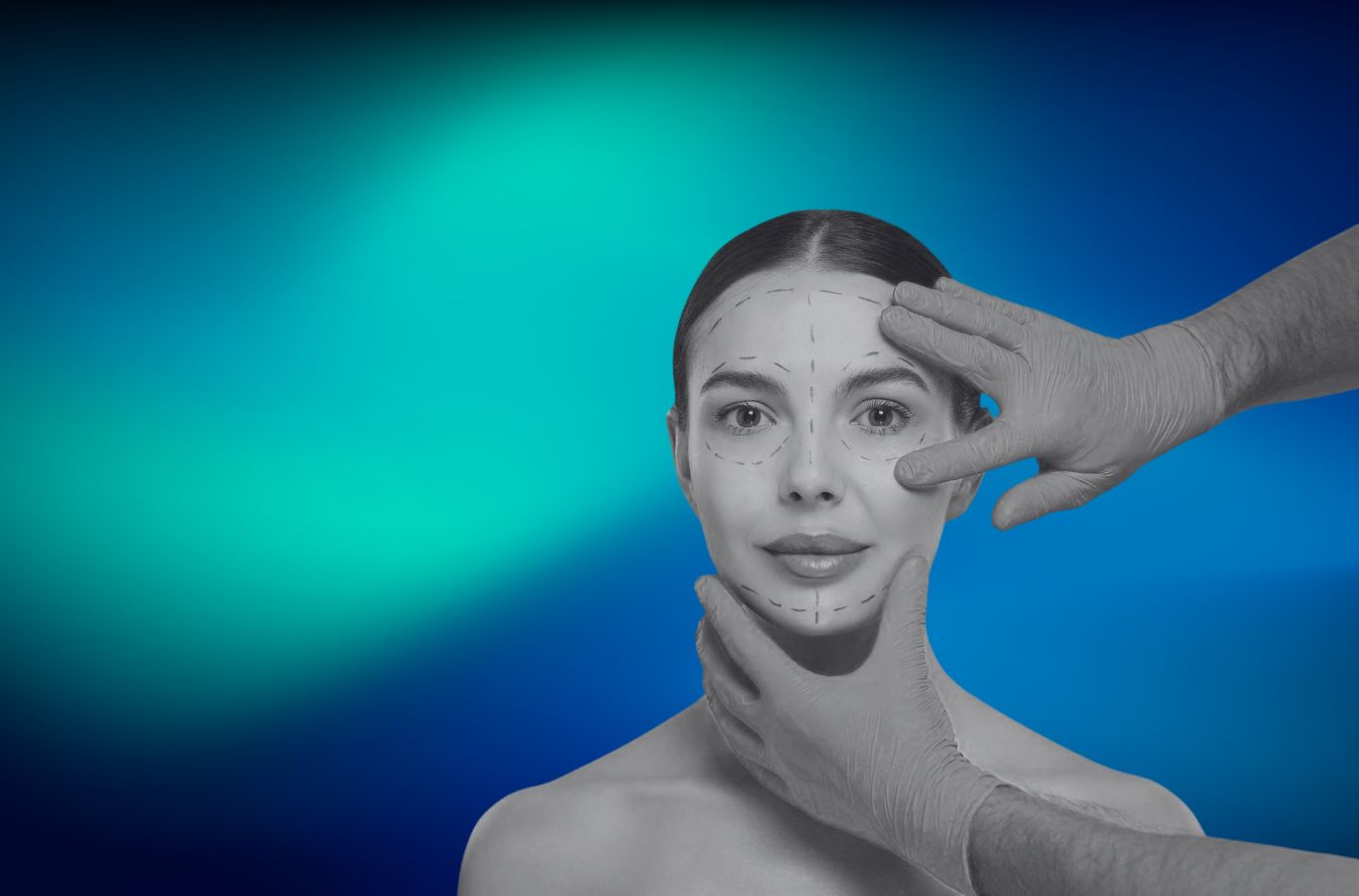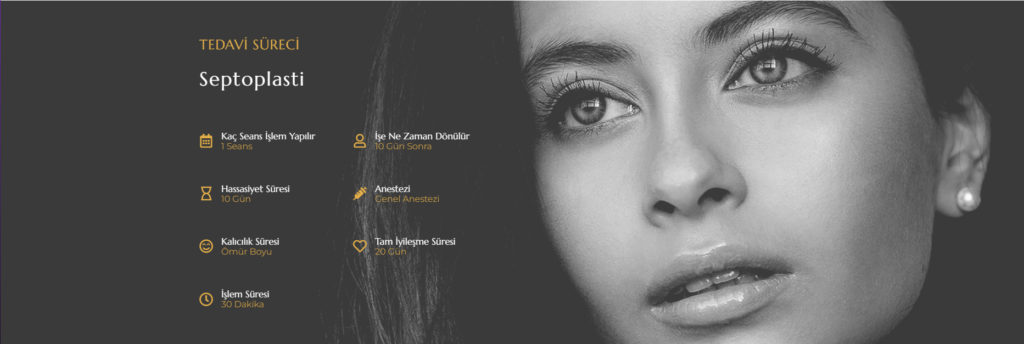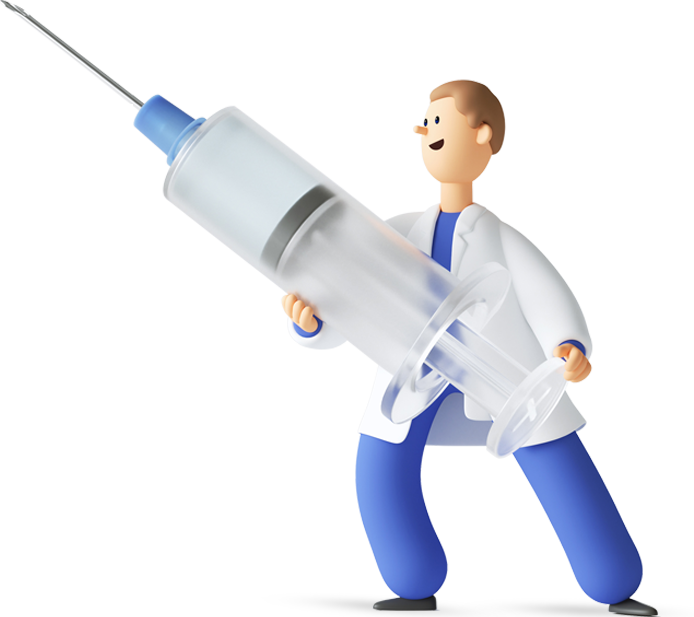
Septoplasty-Nasal Cartilage Curvature Surgery What is it?
Septoplasty is a surgical procedure that aims to correct septum curvatures (septum deviation) that usually occur as a result of nasal trauma. This procedure is performed by correcting the cartilage and bone structure in the nose and removes only the curvatures in the septum without changing the shape of the nose. Septoplasty is aimed at correcting disorders in the bone or cartilage structure in the nose.
In contrast, septorhinoplasty is a more comprehensive intervention. This surgical procedure aims to correct the curvature of the nasal septum and bone-cartilage fractures, as well as aesthetic problems related to the shape of the nose (for example, arched structure, low nasal tip or deformations of the wings of the nose).
Inside the nose, there are nasal meatus (turbinates) that facilitate the passage of air and act as a humidifier. Due to the curvature of the nasal septum, there is pressure on the turbinates and the turbinates may enlarge (hypertrophy) for various reasons. Even if the septum is corrected, enlarged turbinates can still make airflow difficult. Therefore, it is often necessary to treat the turbinates in septoplasty surgeries.

Septoplasty (Septum Deviation Surgery) Why is it done?
Deviated septum causes nasal obstruction as a result of the curvature of the structure called septum in the nose. This obstruction, in turn, can cause a number of other health problems or disorders by preventing comfortable breathing. However, most of the curvatures of the septum, although to a certain degree, do not always require treatment. When deciding on surgery, it is taken into account how serious the deviation is, how severe the breathing difficulties are and whether these problems cause other health problems or trigger existing diseases.
The following conditions are generally considered sufficient for septoplasty surgery: Constant nasal congestion, recurrent sinusitis or pharyngitis, nosebleeds, nasal discharges, loss of smell, chronic headaches, excessive snoring, sleep disorders, dry mouth, throat infections and other problems related to breathing difficulties. Such symptoms constitute a medical justification for septoplasty surgery.

Septoplasty for which ages is it suitable?
Comfortable breathing is vital for all organs of the body, especially for the proper functioning of the brain. Nasal congestion or inability to breathe properly for any other reason leads to problems such as sinusitis, headaches, snoring, nasal and nasal discharge, fatigue and exhaustion in the short term. In the long term, this can lead to more serious health problems such as sleep disorders, heart and blood pressure problems, lung diseases.
The structure that divides the nasal cavity into two parts as right and left, the front part of which consists of cartilage and the back part of bone and which should normally be flat is called "septum" or "nasal septum". This structure regulates the air flow in the nose and is usually covered with mucosa.
The surgical intervention performed to correct the curvatures occurring in the septum is called "septoplasty".
It is a common practice to perform rhinoplasty surgeries after 15-16 years of age for girls and after 17-18 years of age for boys, except when deemed necessary by the doctor and in emergencies. These age ranges are accepted to ensure that individuals are more physically and psychologically mature.
Frequently Asked Questions










Is an improvement in breathing expected after septoplasty?
Yes, septoplasty is a surgical procedure to correct curvatures in the nasal septum and is usually performed to facilitate breathing. This operation provides a smoother breathing by eliminating structural problems that prevent air flow in the nose. After septoplasty, by removing the obstacles in the nose, the person can breathe more easily and other discomforts related to nasal congestion (for example, sinusitis, headache and snoring) can be reduced.
Can the nose have a more natural appearance after nasal tip aesthetics?
Yes, the goal after nasal tip aesthetics is usually a more natural and balanced nose appearance. The surgeon shapes the nasal tip cartilage in accordance with the patient's facial structure and wishes.

